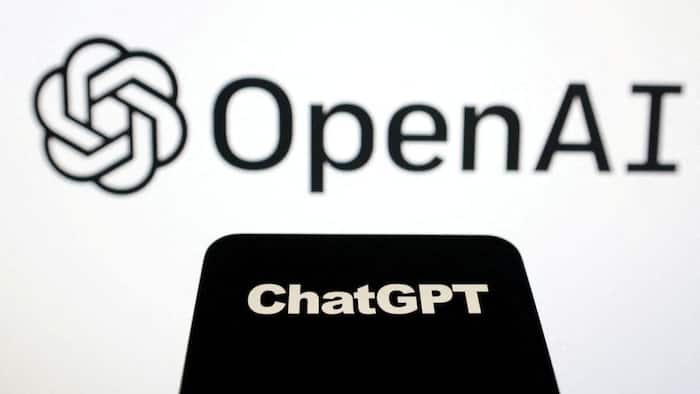
Written By Shweta Ganjoo
Published By: Shweta Ganjoo | Published: Aug 05, 2024, 02:09 PM (IST)

OpenAI update: The ease in accessibility of generative AI-based tools such as ChatGPT has increased their usage across domains including in education. This increased usage has created another problem among others — cheating and forgery. As per reports, ChatGPT is increasingly being used by students for writing essays and research papers. A report by The Wall Street Journal last week said that the company has been sitting on a tool that can help users identify articles and essays written by AI. Furthermore, the report says that the tool has been a subject of internal debate for about two years and has been ready to be released for about a year. Responding to the development, OpenAI has updated its blog post detailing how it is planning to identify text written by AI. Also Read: OpenAI Confirms Adult-Only ChatGPT With Custom Personalities And Erotic Conversations
Text Watermarking Also Read: Forget ChatGPT And Gemini Nano Banana! Microsoft Launches MAI-Image-1 - The In House Text-To-Image Tool
OpenAI has said that it is exploring the text watermarking technique to identify data or text based on its origin. The company says this technique is effective against localised tampering such as paraphrasing, it’s not effective against more complex techniques such as using another generative AI model to reword the article or essay written by the first gen-AI model. Also Read: UPI Meets ChatGPT: India Tests AI-Powered E-Commerce Payments Via OpenAI Partnership
“While it has been highly accurate and even effective against localized tampering, such as paraphrasing, it is less robust against globalized tampering; like using translation systems, rewording with another generative model, or asking the model to insert a special character in between every word and then deleting that character – making it trivial to circumvention by bad actors,” the company wrote in its blog post.
Text Metadata
Besides text watermarking, the company is also exploring using how metadata can be used to identify text written by AI or in other words trace its origin. OpenAI says that it is still in the early stages of exploring this technique but it looks more promising than text watermarking.
“For example, unlike watermarking, metadata is cryptographically signed, which means that there are no false positives…While text watermarking has a low false positive rate, applying it to large volumes of text would lead to a large number of total false positives,” the company added.
That said, these tools remain unavailable for now. So, there is no way to know if the essay that the students submitted has been written by AI.